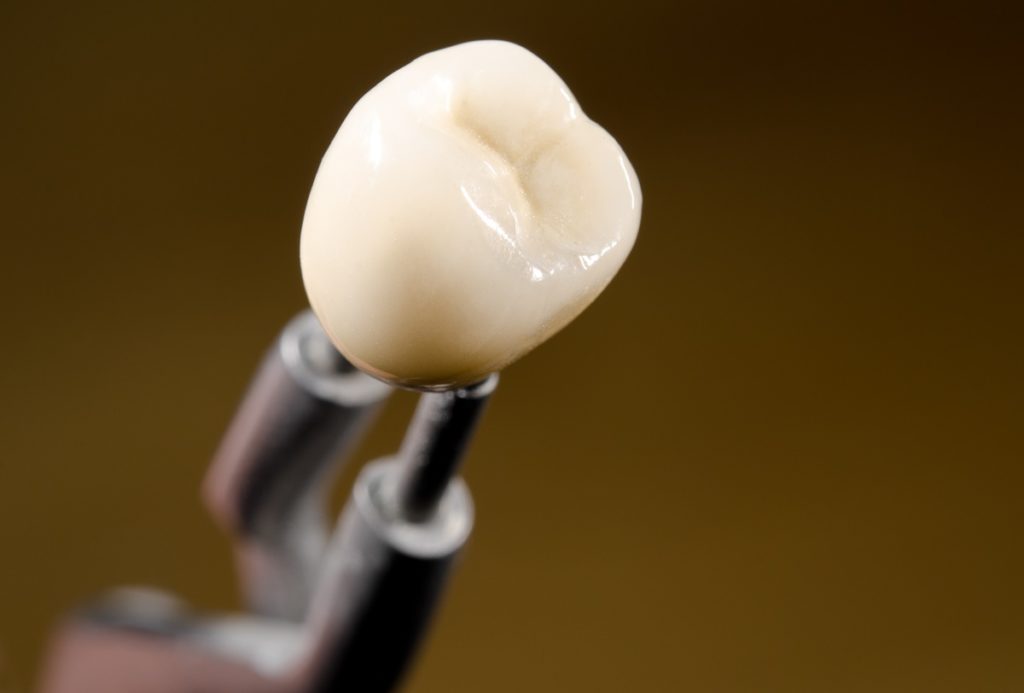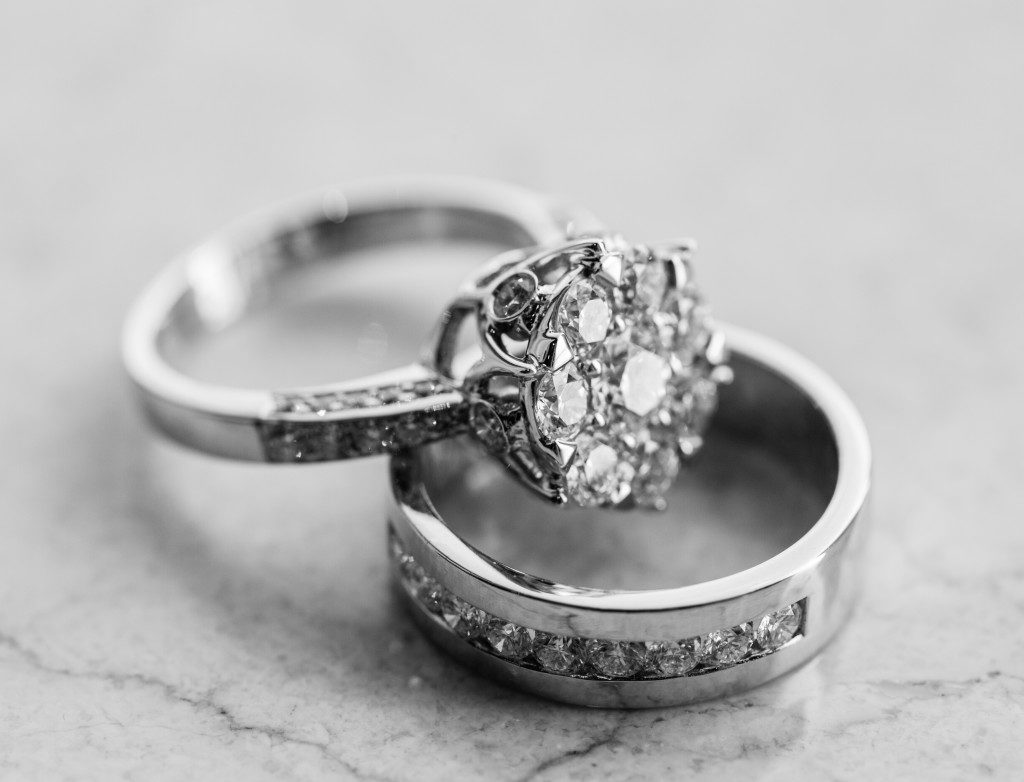Sticking to a strict dental hygiene regimen will, of course, boost your oral health. Even so, at times it is not enough to keep you from losing a tooth or two. For most people, losing their permanent teeth is not something that worries them. They assume everything is fine as long as they can still chew with the remaining teeth. However, losing teeth (irrespective of the number) will have a significant effect on your oral health and general facial appearance.
Without the services of a dental implant specialist based in Scottsdale, AZ for the management of missing teeth, your jaw may shrink. This leaves you with a sunken facial appearance. You might also have to deal with the shifting of teeth as they move to close the gap on your jaws. Further to this, you experience an increased risk of jaw infections since it is open to microorganisms. Dental implants are no doubt good alternatives for filling the gap permanently. They are strong, look and function like your natural teeth, and can be placed in one or two visits. They are of course not the only choices you have. Here are the other types of fixed replacement teeth.
Fixed Bridge
The bridge will be attached to the teeth remaining on either side of a gap. As such, it is an ideal alternative when missing only one tooth along a row. A dentist will first prepare the teeth before taking an impression of the gap to a lab. This impression is used to produce a customized bridge that is later attached to the prepared teeth. Fixed bridges are cheaper than implants. They feel, look, and work like your natural teeth. It might, however, be challenging to clean the teeth under them – and they sometimes weaken adjacent teeth.
Implant-Supported Bridge
This is used where there are multiple teeth lost in a row. This means there are no teeth on the sides of a gap to support the placement of a bridge. An implant will be used to fill some of these spaces before a bridge is placed between the implants that support it. This option is cheaper compared to only using implants to fill multiple gaps.
Implant-Supported Dentures
These include an acrylic and metal base for your replacement teeth. Screws are installed into this base before implants are screwed into place. The screws also secure the dentures to implants that have been surgically placed in your jawbone. Though meant to be permanent, the screws can be removed to loosen the denture if need be. Implant-supported dentures, unlike removable ones, are stable and will increase your chewing ability.
Crowns

Dental crowns are often used on damaged teeth. In tooth replacement, however, they are made of a replacement tooth structure covered with a tooth-colored crown. The structure will be fitted to the natural teeth near the gap. Though not as strong as implants, crowns will restore the natural look of your mouth.
Missing teeth can affect your confidence and smile, as well as your nutritional status. You should not let this happen with the above available alternatives for your missing teeth. The options are fortunately relatively inexpensive compared to treating the effects of having gaps in your jaw for prolonged periods of time.



